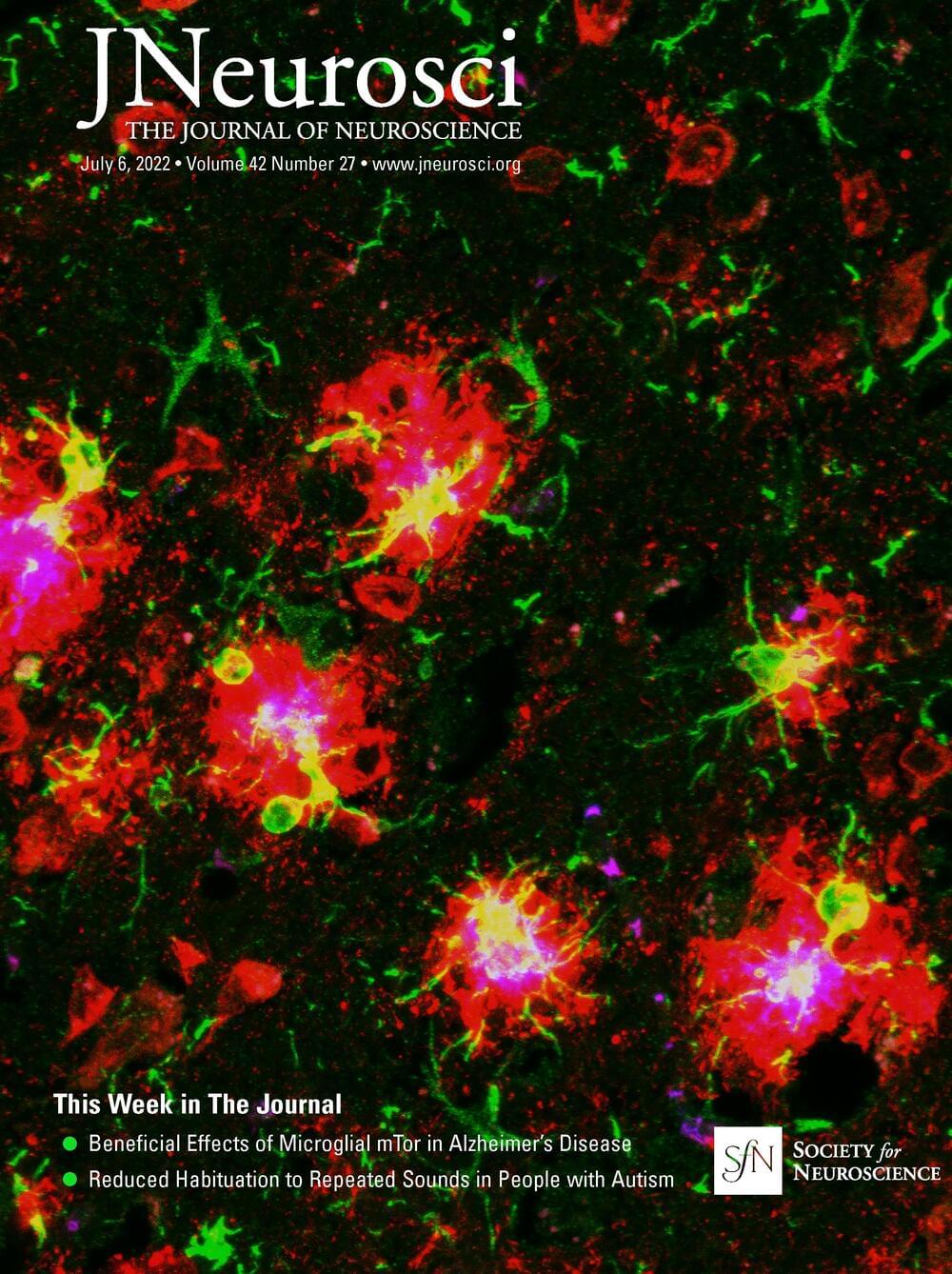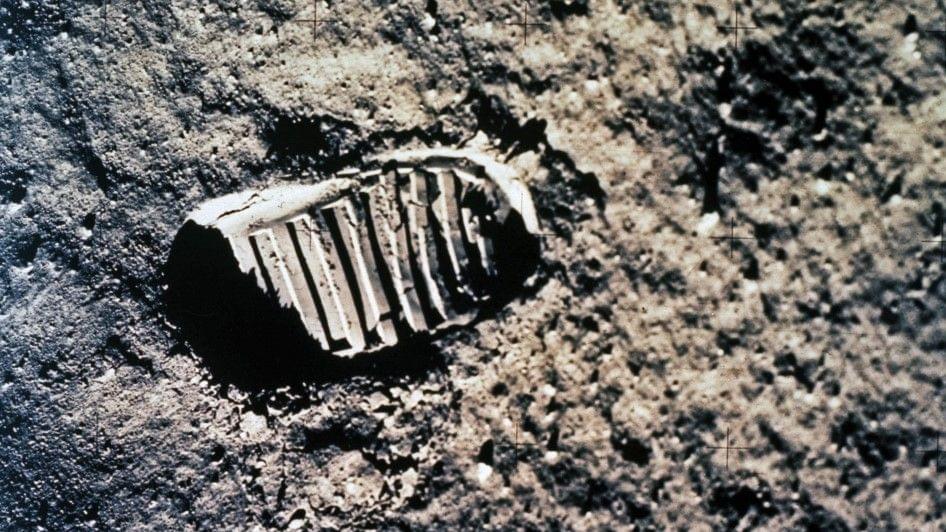New data from Qatalag and GitLab puts a number on it: Knowledge workers waste an extra 67 minutes online each day doing menial tasks for the express purpose of proving to their managers and colleagues that they’re available and working.
It’s taking a strain. The survey polled 2,000 knowledge workers and found that more than half of them (54%) reported feeling pressure to show their online status by replying to emails and Slack messages, adding comments to Google Docs, or updating project management tools.
It’s a new twist in the developing saga of remote work, and it shows that escaping the culture of presenteeism isn’t as simple as escaping the (physical) office.








